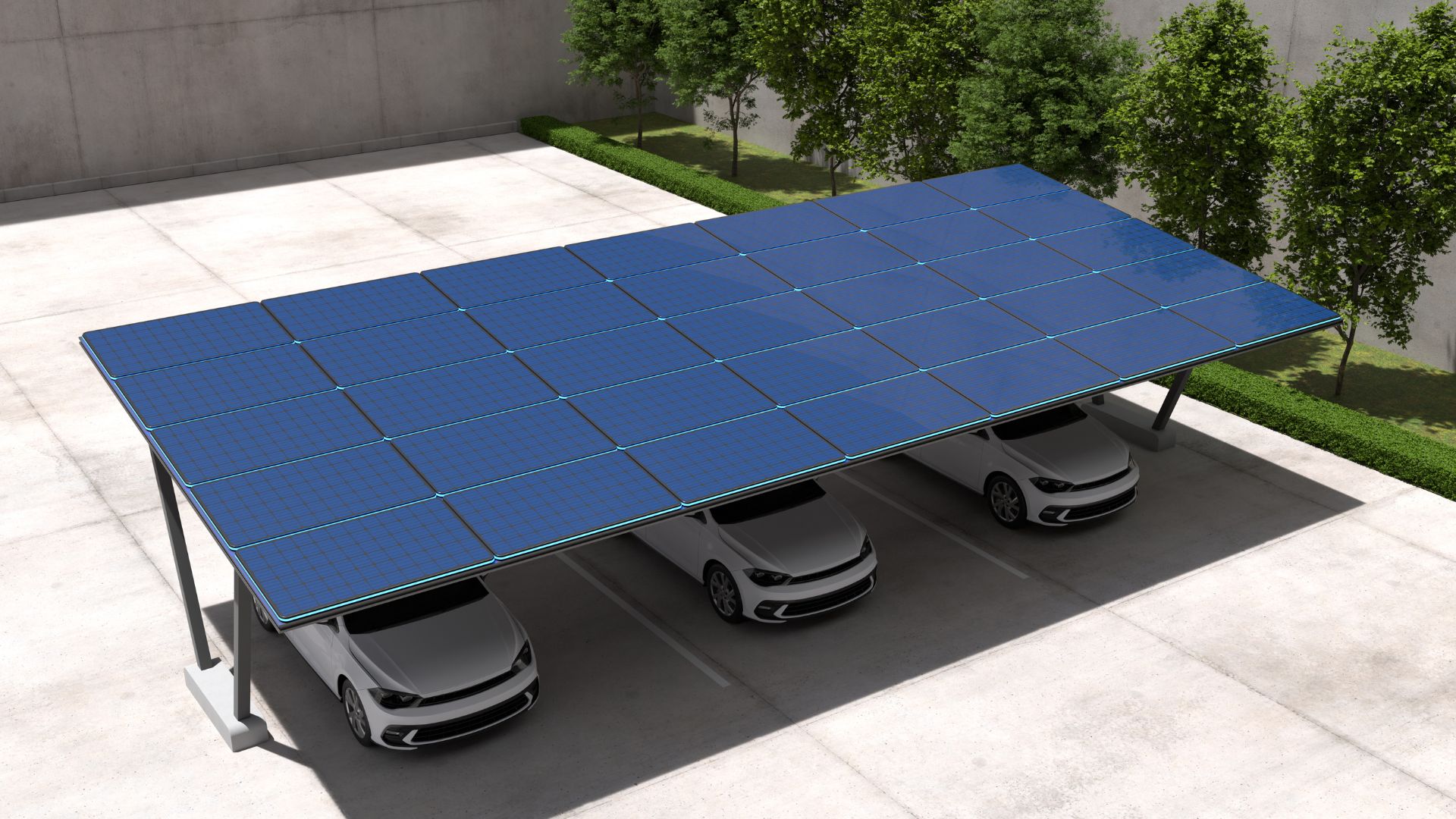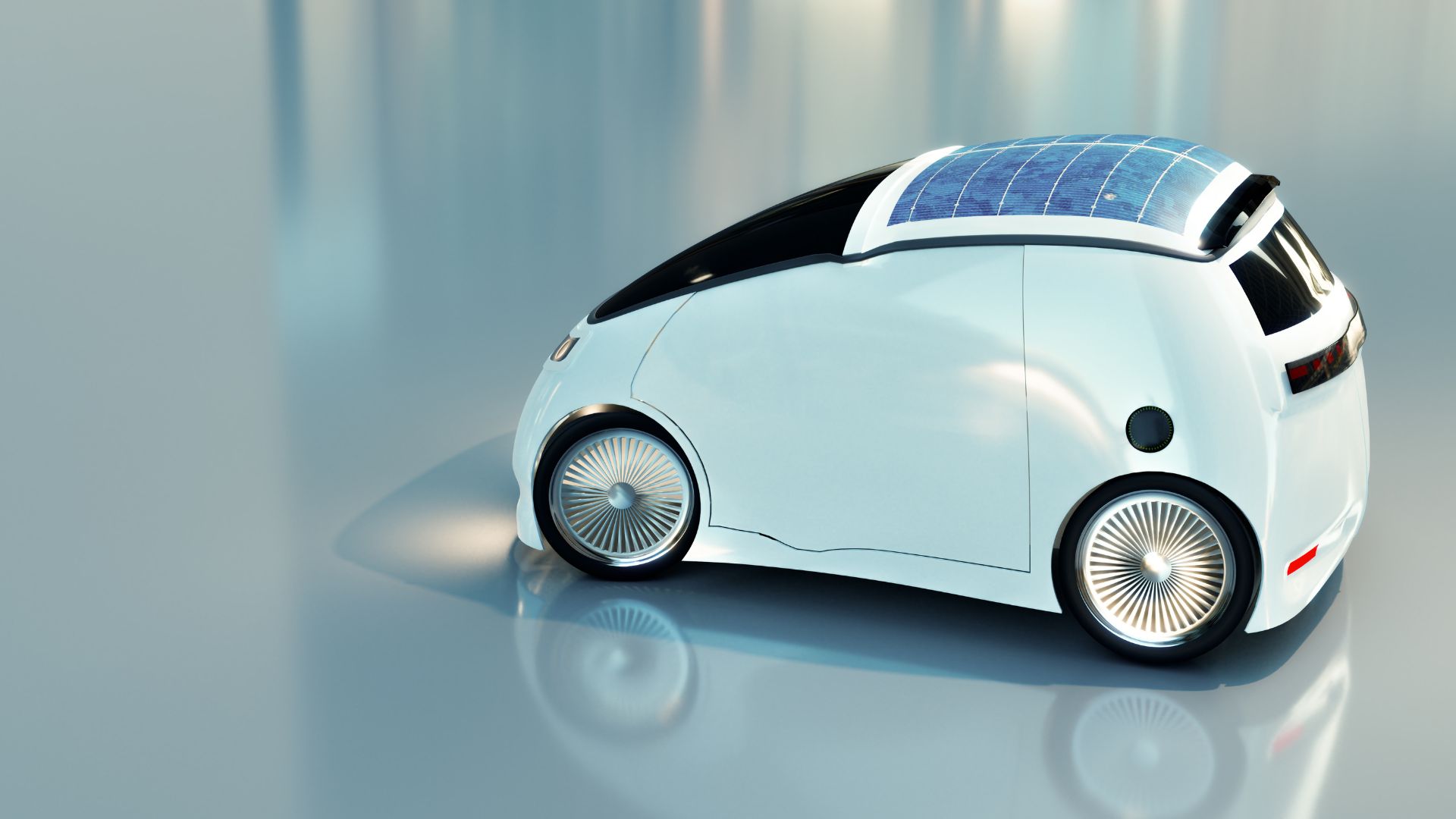Inside the Design of Solar-Powered Cars: A Look at Upcoming Prototypes

Solar-powered cars represent a breakthrough in sustainable transportation, harnessing energy from the sun to reduce reliance on conventional charging infrastructure. While solar panels on vehicles are not yet powerful enough to replace traditional electric charging entirely, new designs are making significant strides toward self-sufficient travel. Companies like Lightyear, Aptera, and Sono Motors are leading the way in integrating solar technology into vehicle designs.

One of the key innovations in solar cars is high-efficiency solar panel integration. Traditional solar panels are bulky and inefficient for vehicle use, but newer models use lightweight, ultra-thin photovoltaic cells that maximize energy absorption. Lightyear 0, for example, features solar panels that can generate up to 43 miles of additional range per day, extending battery life and reducing the need for external charging.

Another major design consideration is aerodynamics and weight reduction. Solar-powered vehicles are often engineered with ultra-light materials like carbon fiber to minimize energy consumption. Aptera, for instance, has a futuristic, three-wheeled design that significantly reduces drag, allowing it to achieve ranges of over 1,000 miles on a single charge, with solar panels providing an extra boost.

Despite these advancements, challenges remain in making solar-powered cars mainstream. Solar panels cannot yet generate enough energy to fully power large vehicles, and production costs remain high. However, as photovoltaic technology continues to improve, solar-assisted EVs could become a standard feature, reducing dependence on the grid and making transportation even more sustainable.

